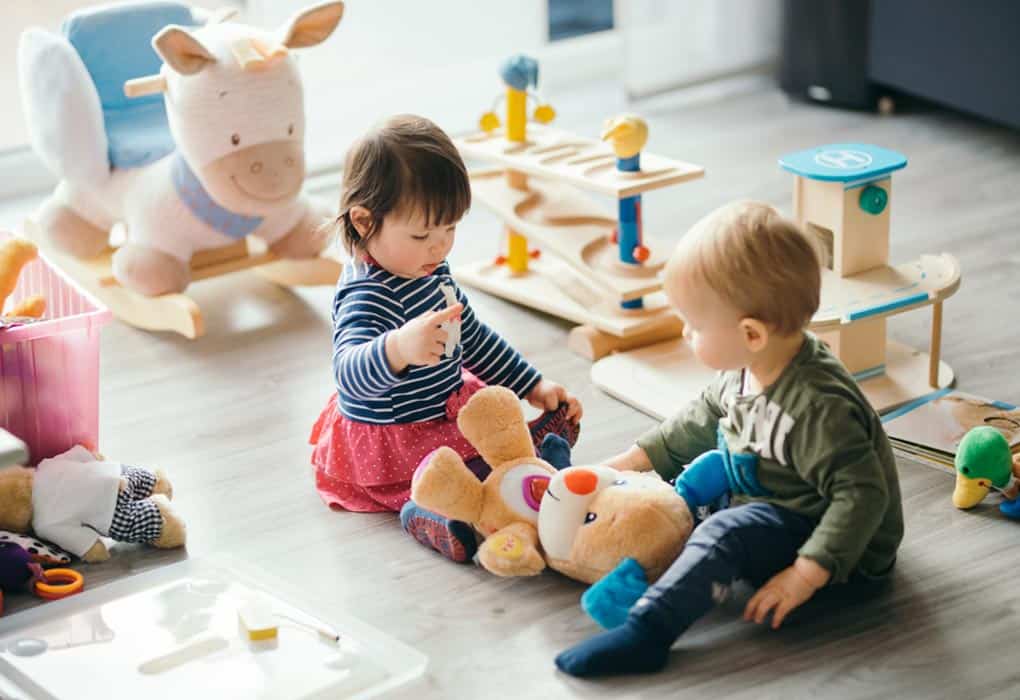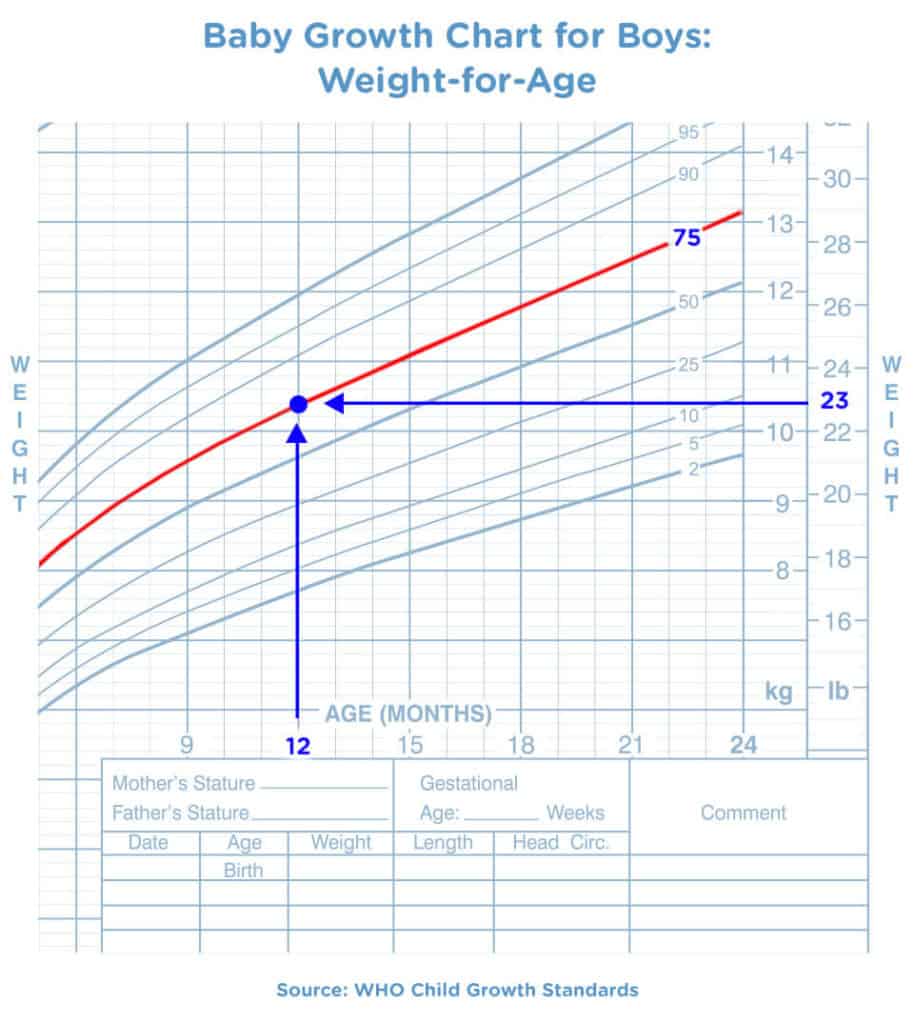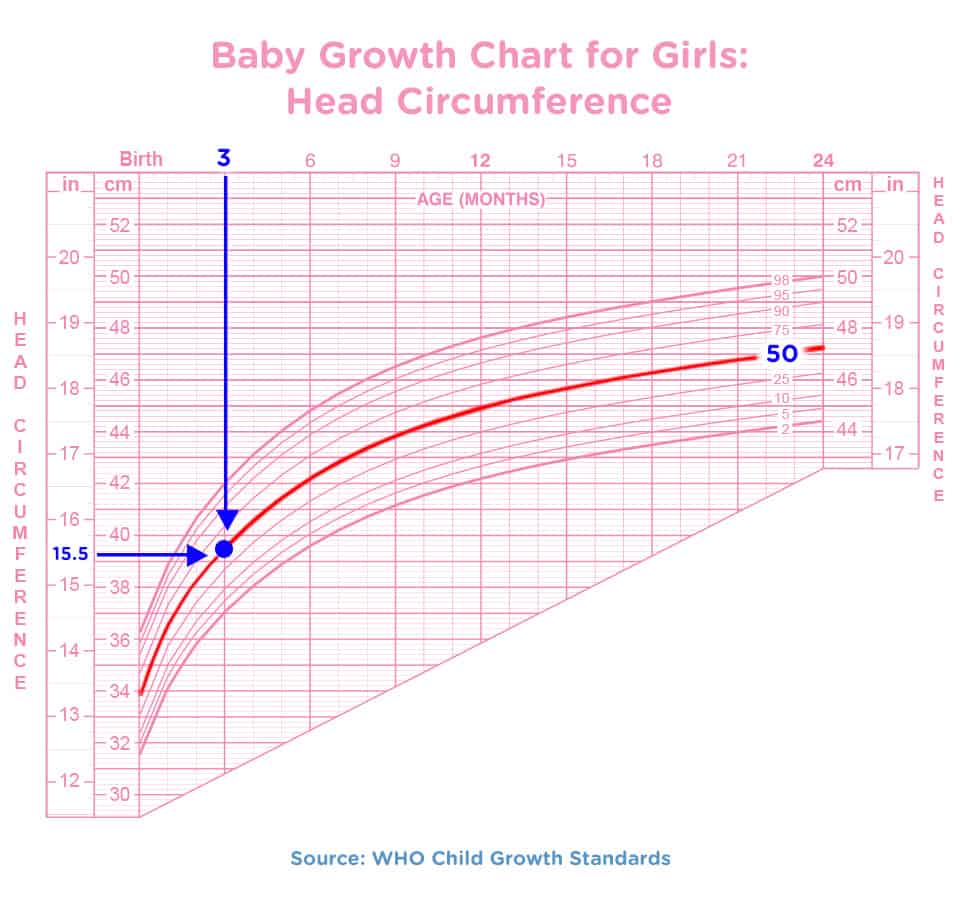
Toys and babies are synonymous. As soon as a baby is born, or even before, guests tend to start showering you with toys for the baby’s use. However, it is lesser-known and understood for a fact that a baby does not even need any toys for newborns that is at least the first two months after they take birth. They might hold on to toys or anything else that looks attractive to them, however, the “playing” with toys factor comes into the picture only at a later stage.
Over time, when they reach the third or fourth month is when they start discovering toys for newborns as something that could entertain them. This is the phase when parents should ideally look for toys with different sounds that can amuse them and perhaps, buy soft, plush toys that can save them from also hurting themselves.
Gone are those days when toys fell under a particular set of categories. In today’s day, there are so many kinds and types of best toys for infants out there, it might also get confusing for you, as a parent, to determine what toys would suit your baby’s growth the best. A toy that is used by a 3-month-old and a toy used by a 3-year-old has to be differentiated.
At least for the initial weeks, easily up to the 14-16th week of their birth, a baby’s behavior with a toy is very similar to how a pup or a kitten plays with toys. They would just reach out to the toy based on how attractive it looks. Toys like fuzzy balls and stuffed animals are of the most interest to them. They get delighted by simple things like the sounds of the toy or the color of the toy. They don’t care about expensive toys that can do so much more – simply because they don’t need them at that age.
What is a Baby’s Development Curve on How to Choose Toys for Toddlers from 0-6 months?


Understanding this can help you determine what toys for infants would suit your baby the best. A baby’s development is really quick in the first six months. They start to get interested in their environment and discover things of interest. This is also why choosing the right toys can majorly help your baby’s growth as a whole.
At least for the first month, a baby’s vision is rather hazy and unclear. They can only focus on objects that are about 20-30 cm away. However, a baby’s hearing is well-developed right from birth which is why they turn to every sound they hear and also tend to react to it.
Especially by the time they reach the 4th or 5th-month mark, that is when they start to understand the motive of a toy and develop an interest in toys. This is also a fact that around the 5th month is when babies tend to grow some control over their tongue and lips. Before the 5th month, all they have some control over is their hands and legs at the most. The first toys for your baby should be chosen with extreme consideration as it is directly proportional to the safety and health of the baby.
For example, as you now know they do not have any control over their mouth or tongue by the 5th month, it might be rather fatal if you get toys that have loose parts and can be swallowed by the baby. It is imperative to ensure that you do not buy toys for newborns that can be chewed, are painted with toxic materials and you should also avoid toys that have sharp edges for obvious reasons
Checking the labels for hazardous information is also, hence, becoming necessary at this point. A lot of parents might tend to attach toys to the baby’s crib with the help of an elastic string or similar materials, however, this poses a risk as the baby can strangle or hurt themselves with such materials.
So let us dissect this topic a little more and determine what infant toys are the best for your baby through their growing years.
What Features Should an Age-Appropriate Baby Toy Have?
Confused about how to choose toys for babies? Here is a quick list of features that you must look for when choosing toys for your little munchkin:
1. Sound
Until a baby completely develops their eyesight, all they get attracted by or are interested in is sounds. Rattles, chimes, and music; essentially, just sound-generating musical toys could be a good option during their first months. Usually, starting by the 3rd month, lift the rattle above their head to help them achieve head control faster.
2. Colors
As against the general understanding, babies cannot identify or get attracted to a lot of colors at once. They tend to take interest in bright-colored yet high-contrast and patterned toys. High-contrast toys also help babies understand and differentiate between patterns. Over time, probably after the sixth month, however, they tend to start loving and developing an interest in bright-colored and multiple-patterned infant toys. After the 6th-month vision starts becoming closer to an adult vision.
3. Movement
You must have noticed for yourself how excited babies get when they see moving objects. The spark in their eyes is beyond normal! This is because when they are still developing eyesight, they cannot see fixed items. However, they can notice movements, and hence, they get fascinated with them. Toys like walking dolls and robots could be a good choice – only if used under and around adult supervision.
4. Dangling
Around the time when babies start to sit up, around the 4th-month mark, dangling toys could be of great delight to them. Babies have an instinct of grasping things and hence, they yield great entertainment from dangling infant toys. Also during showers, you would have noticed how babies try to grasp water – you might as well get something they can grasp and have fun with!
5. Plush Toys
Toys that are not similar when touched or feel different in terms of their surface area are excellent for your baby to understand different textures. They let your babies explore and understand the difference between, perhaps, what a scratchy material is and what a soft material is.
Look out for the best toys for infants that are different in shapes and textures. For example, you could get them a monkey that has a rough texture to depict the monkey’s hair and also a fish that has a soft texture, However, it should be considered a fact that babies begin to understand and differentiate between textures around the age of 11 months.
That’s all pals! These were the top 6 best tips for choosing the first newborn toys for babies. Are you particularly looking for the best Montessori toys for babies? Parenthood bliss has curated a list of that too! Simply click and review!
Final Thoughts:
All babies have different personalities, hence, though there could be a guideline of what kind of toys one should buy, there can never be a definite framework. For the very initial days, you could even just look for things around the house that can double up as toys because babies don’t care. All they want is attractiveness. Spending too much on toys might not even be a great idea because your baby will outgrow those toys within a few weeks, especially during the initial months.
During the first few months, hand your baby a lid or a spatula and they will be as happy. Fruits and vegetables could be fun to play with under their different shapes and sizes. Besides, most fruits and vegetables do not even pose any risk even if they are bit or chewed on by error!
Above all, be flexible and do not force a toy on your baby only because you bought it. It’s their toy and their days – let them have some fun! They would anyway grow up eventually and be forced into doing things they might not completely like!
FAQs: Choose Toys for Babies
1. What are the four most important things to consider when choosing an appropriate toy for a baby?
2. When is it the right time for babies to start playing with toys?
3. Is it really important for babies to have fancy toys?
4. What should parents look for while shopping for a baby toy?
Reviewed By:

Nimrat Sidhu - Pediatration
"Dr. Nimrat S Sidhu is a practicing pediatrician for about 5 years now and holds an MD pediatrics degree. She was the topper of her batch, has always had a keen interest in her core medical field, and is specially trained for neonatal resuscitation.
She has published multiple research papers on pediatrics and is interested in topics like Neonatal care, skincare, baby growth, vaccination, growth, and development."










